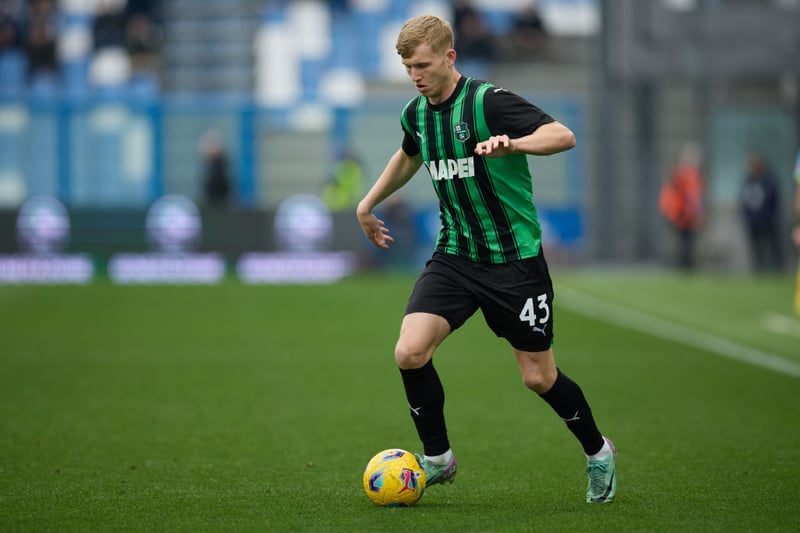Regular observers of Nick Montgomery are prone to indulge in a running joke about the Hibs manager’s tendency to drop in a few favourite references and reminders when answering questions about another disappointing defeat. Chief among his go-to defence mechanisms involves the gaffer pointing out that he’s handed X number of academy players first-team debuts.
Intended both as a way of raising the profile of the youth teams AND illustrating the personnel issues faced during a difficult season, the messaging is centred on the wisdom of promoting from within. Something that appeals as much to supporters as it does to directors responsible for paying the bills.
But the pressure to keep producing another “one of our own” for fans to laud is enormous. Even without the root-and-branch review of football operations announced by the board last week. And the hit rate of even the most successful youth system can often appear miserably low, to those not embedded in the challenge of scouting, nurturing and – most importantly, in the current climate – retaining young talent.
Hibs Under-18s beating Rangers 3-2 yesterday would have been a welcome boost at an age group where the really big leaps in physicality and ability are expected to take place. The fact that Rudi Molotnikov was one of the scorers also underlines the two-way benefit of youngsters being exposed to first-team experience; they almost inevitably return improved by exposure to senior football.
What represents success, though, for an academy system at a club with ambitions to compete at the business end of the Scottish Premiership? In an era when major English clubs are increasingly prone to take punts on very young teenage talent, what sort of a return on investment should a club the size of Hibs expect to make?
The golden era that saw Scott Brown, Kevin Thomson, Garry O’Connor, Derek Riordan and Steven Whittaker emerge within a season or so of each other is obviously the stuff of dreams. Reality dictates that those sort of rich talent seams are few and far between, regardless of how much you pour into the development budget.
But the goals haven’t changed. Within the academy system at East Mains, any number of coaches will testify that their job is not merely to get players into the first team at Easter Road. Their responsibility, collectively, is to give good young footballers a chance to make a real impact on that team.
So, yes, they’re happy that Rory Whittaker became the youngest debutant in club history soon after Montgomery’s arrival. The academy coaches love seeing any of their young players invited just to train with Monty’s men. But there’s a bigger picture.
Restricting ourselves to players still active in football, let’s take a look at some of the most notable homegrown players to have emerged over the past couple of decades:
But the pressure to keep producing another “one of our own” for fans to laud is enormous. Even without the root-and-branch review of football operations announced by the board last week. And the hit rate of even the most successful youth system can often appear miserably low, to those not embedded in the challenge of scouting, nurturing and – most importantly, in the current climate – retaining young talent.

5. Oli Shaw (1998)
Not actually “one of the best young strikers in, erm, Europe” when famously afforded that tag by a flustered Hibs executive. But that OTT praise probably coloured opinions of a forward who is still making a contribution at Motherwell, on loan from Barnsley.

6. Ryan Porteous (1999)
What a character. Should be one of Scotland’s starting central defenders in the opening game of Euro 2024. Germany beware. An enormously influential figure even as he was learning the game at Hibs, he’s been sorely missed since his move to Watford in January of 2023.

7. Josh Campbell (2000)
Back from a broken ankle and still just 23, there’s a feeling that Campbell still has room for development. The attacking midfielder needs to reclaim a starting place first, obviously.

8. Josh Doig (2002)
Bellissimo. What a left back Hibs unearthed in Doig. What a smart decision they made to let him develop under the guidance of Lewis Stevenson, who couldn’t have been happy at losing his place to the teenager – yet played the role of mentor to perfection. Doig was sold to Hellas Verona for £3 million-plus at the age of 20. Now with Sassuolo in Serie A.

